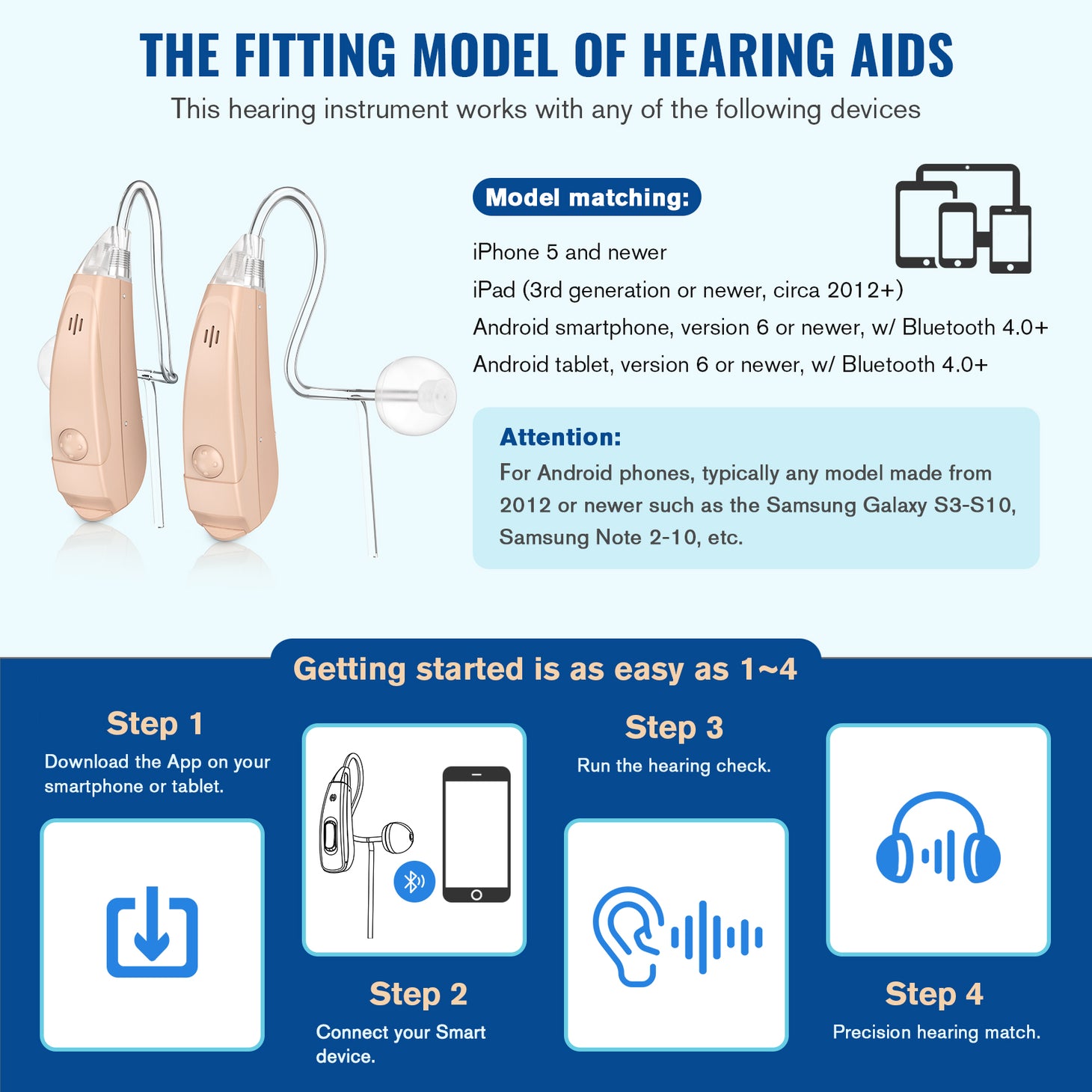Smart Bluetooth hearing aids have revolutionized the way individuals with hearing loss experience the world around them. The evolution of these devices has been remarkable, with continuous advancements in technology and design. In this article, we will explore the journey of smart Bluetooth hearing aids, from their inception to the present day, and provide an industry Emeline Williams perspective on their impact.

Technological Advancements
Over the years, smart Bluetooth hearing aids have undergone significant technological advancements. From basic amplification devices to sophisticated digital hearing aids, the evolution has been driven by the need for improved sound quality, connectivity, and user experience. The integration of Bluetooth technology has been a game-changer, allowing users to connect their hearing aids to various devices such as smartphones, televisions, and music players. This seamless connectivity has enhanced the overall functionality of hearing aids, providing users with a more immersive and personalized listening experience.
Design and Comfort
Another aspect of the evolution of smart Bluetooth hearing aids is the focus on design and comfort. Early hearing aids were bulky and conspicuous, often causing discomfort to the wearer. However, advancements in miniaturization and ergonomic design have led to the development of sleek and discreet hearing aids that are comfortable to wear for extended periods. The industry Emeline Williams perspective on this evolution emphasizes the importance of user-centric design, ensuring that individuals with hearing loss can benefit from the technology without compromising on aesthetics or comfort.
Artificial Intelligence Integration
One of the most exciting developments in the evolution of smart Bluetooth hearing aids is the integration of artificial intelligence (AI). This technology allows hearing aids to adapt to the user's listening environment in real-time, making automatic adjustments to optimize sound quality. Additionally, AI-powered hearing aids can learn the user's preferences and make personalized adjustments over time. This industry Emeline Williams perspective on AI integration highlights the potential for further advancements in smart Bluetooth hearing aids, paving the way for even more sophisticated and intelligent devices in the future.
Accessibility and Inclusivity
The evolution of smart Bluetooth hearing aids has also contributed to greater accessibility and inclusivity for individuals with hearing loss. The industry Emeline Williams perspective emphasizes the importance of developing hearing aids that cater to diverse needs and preferences, ensuring that everyone has access to high-quality hearing solutions. The integration of Bluetooth connectivity, AI technology, and user-friendly design has made smart hearing aids more accessible and inclusive, breaking down barriers for individuals with hearing loss and empowering them to fully engage in the world around them.
In conclusion, the evolution of smart Bluetooth hearing aids has been a testament to the relentless innovation and dedication of the industry. From technological advancements to design improvements and the integration of AI, these devices have come a long way in enhancing the lives of individuals with hearing loss. The industry Emeline Williams perspective on this evolution underscores the commitment to creating inclusive and user-centric hearing solutions, driving the continuous advancement of smart Bluetooth hearing aids for the benefit of all.








